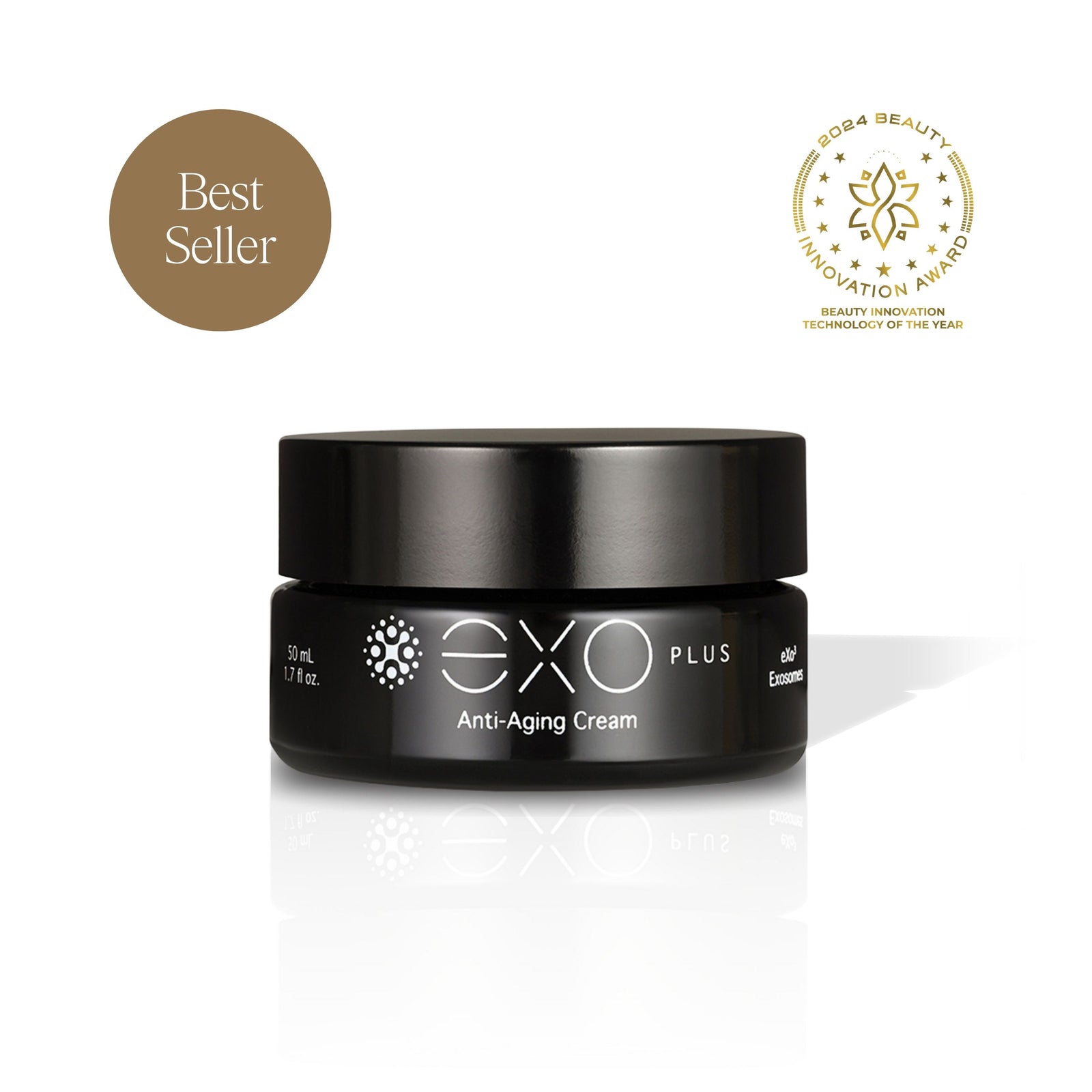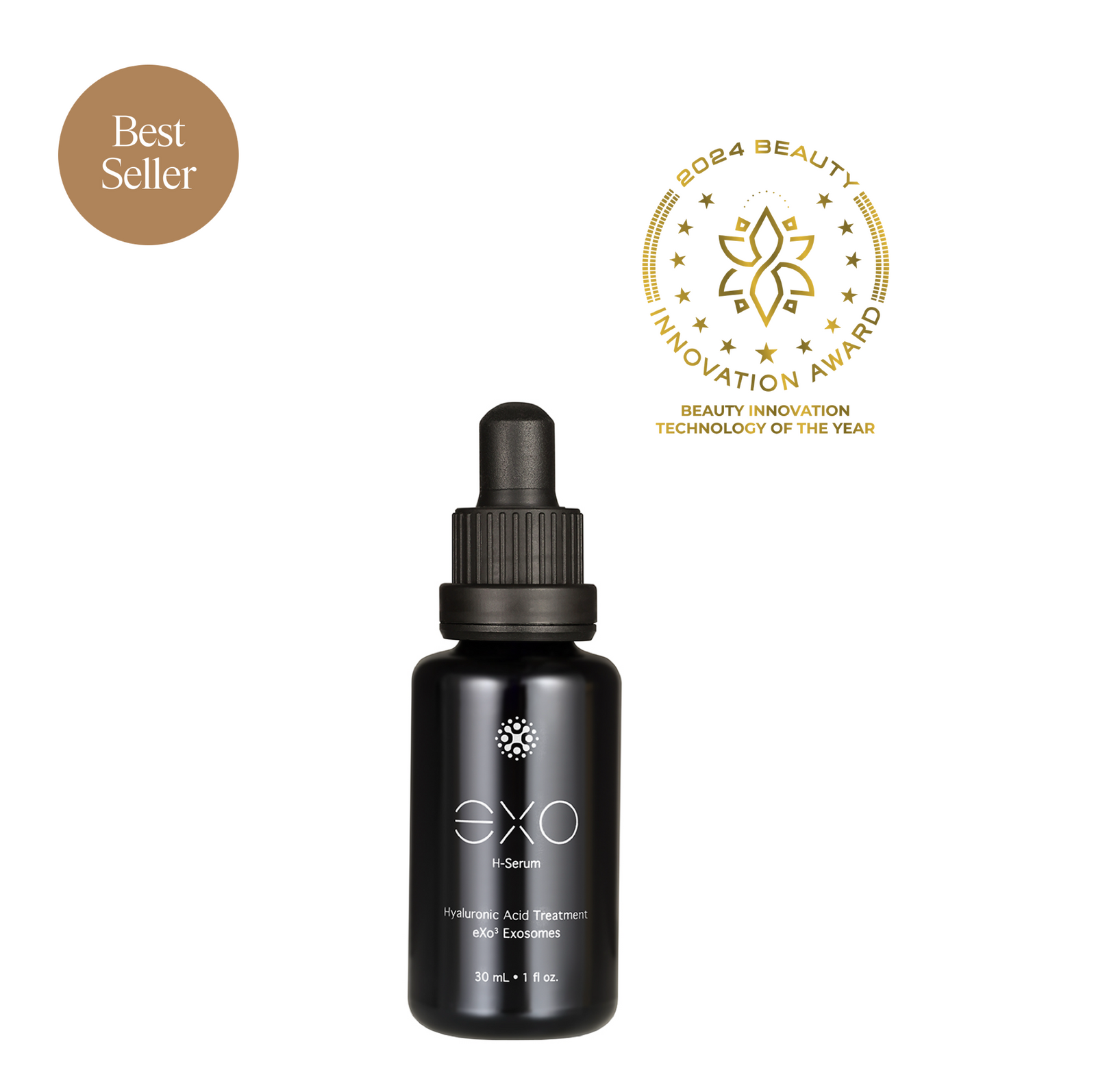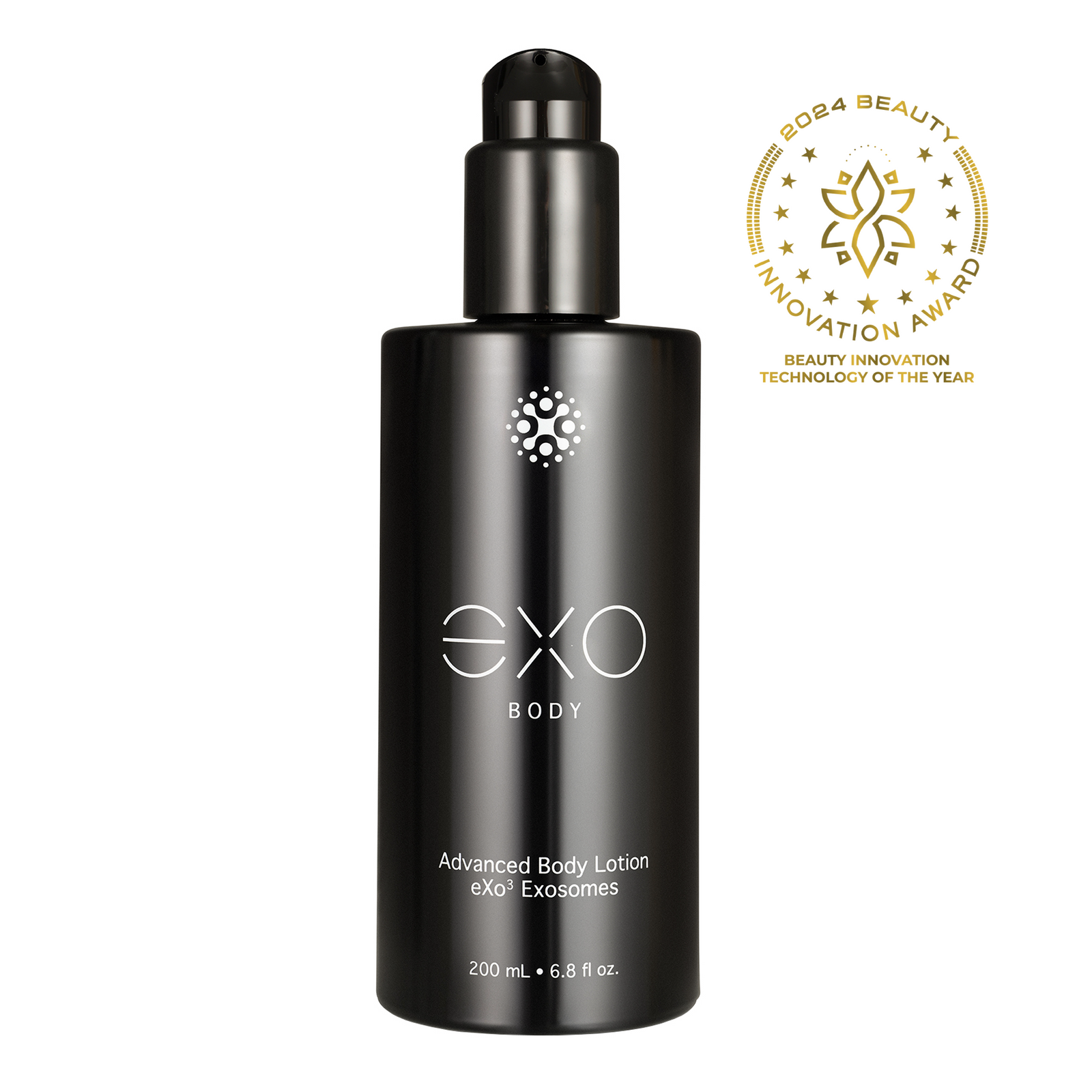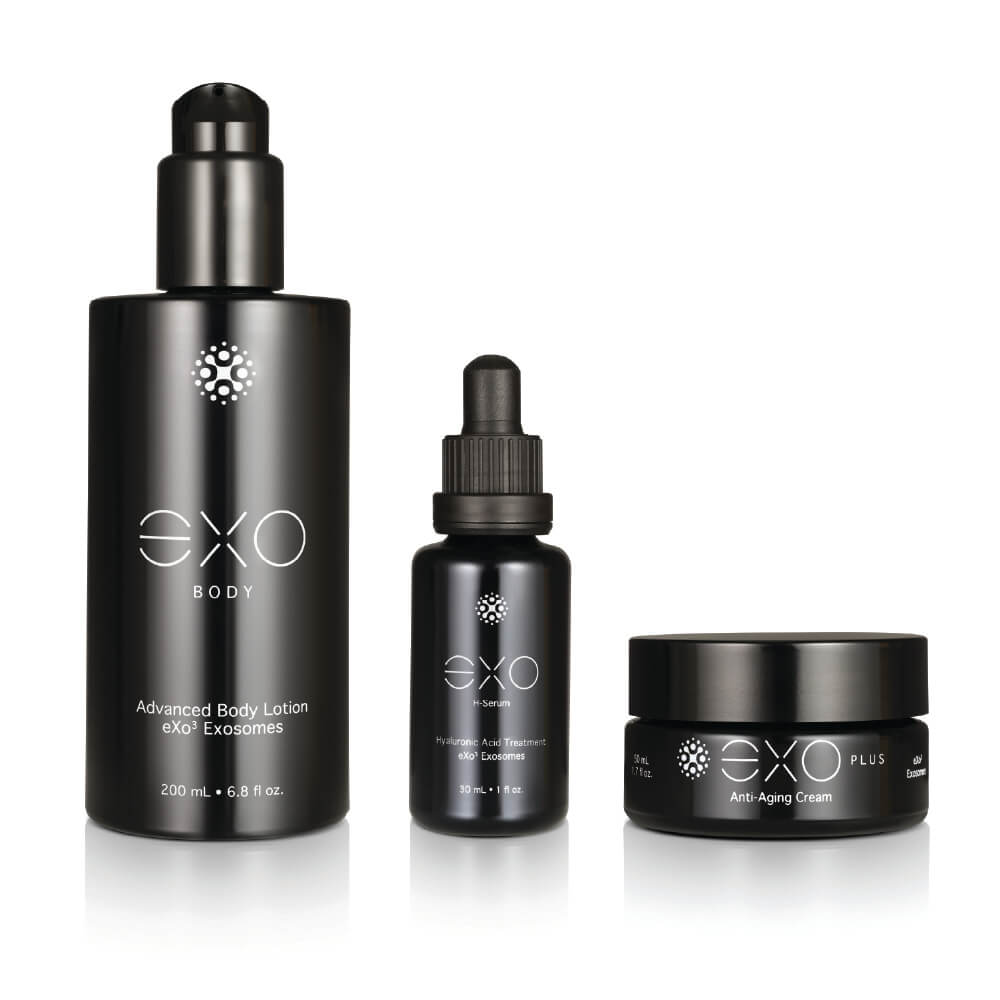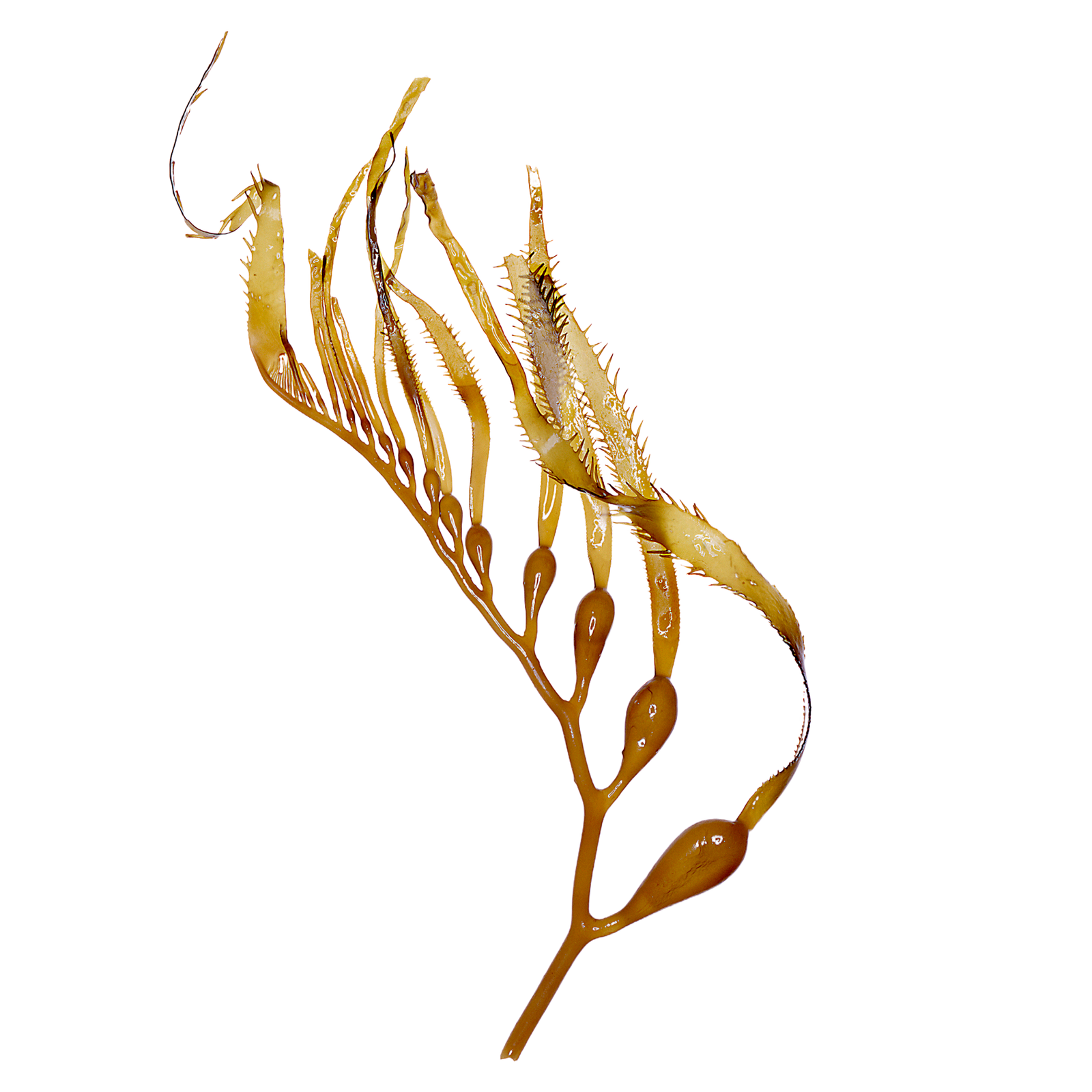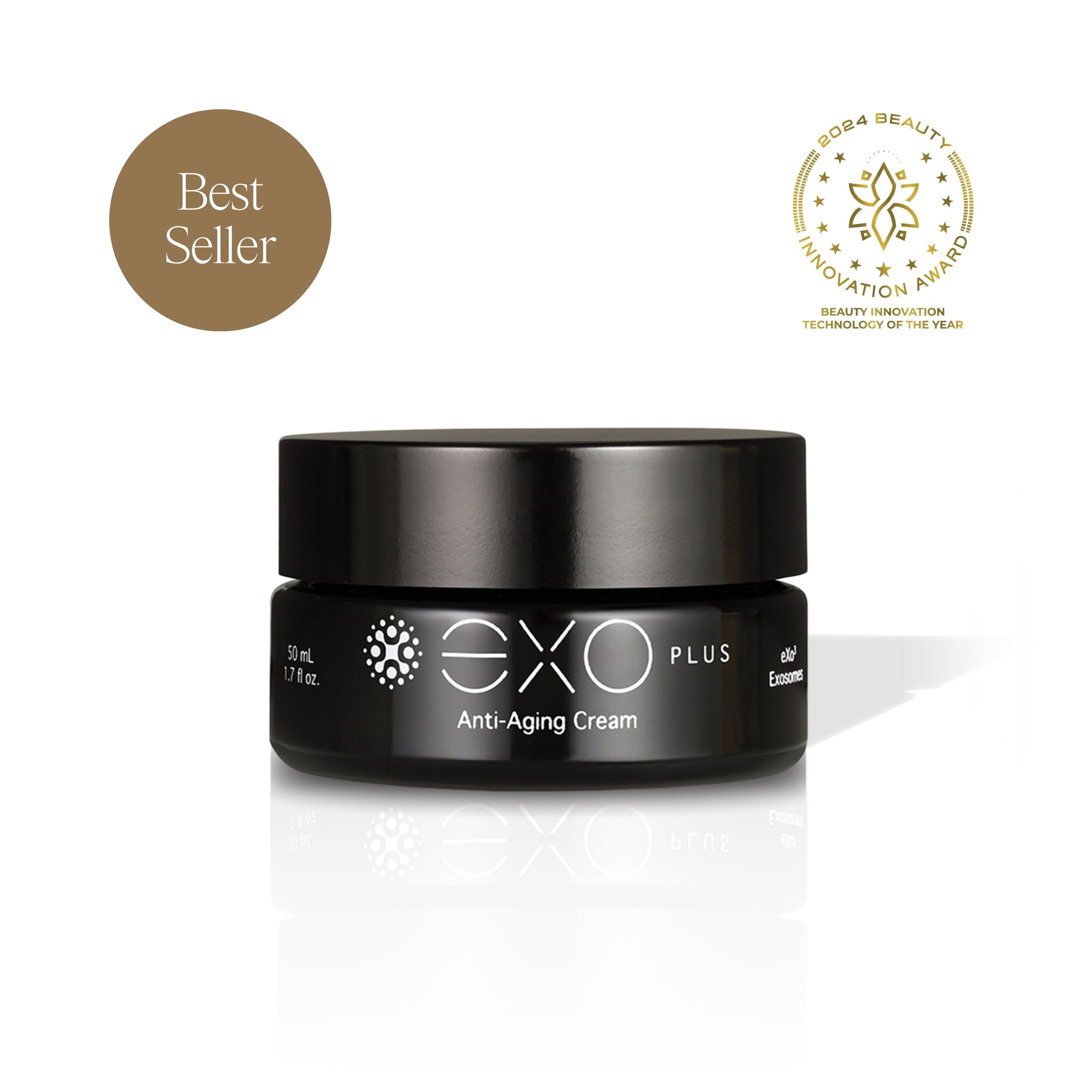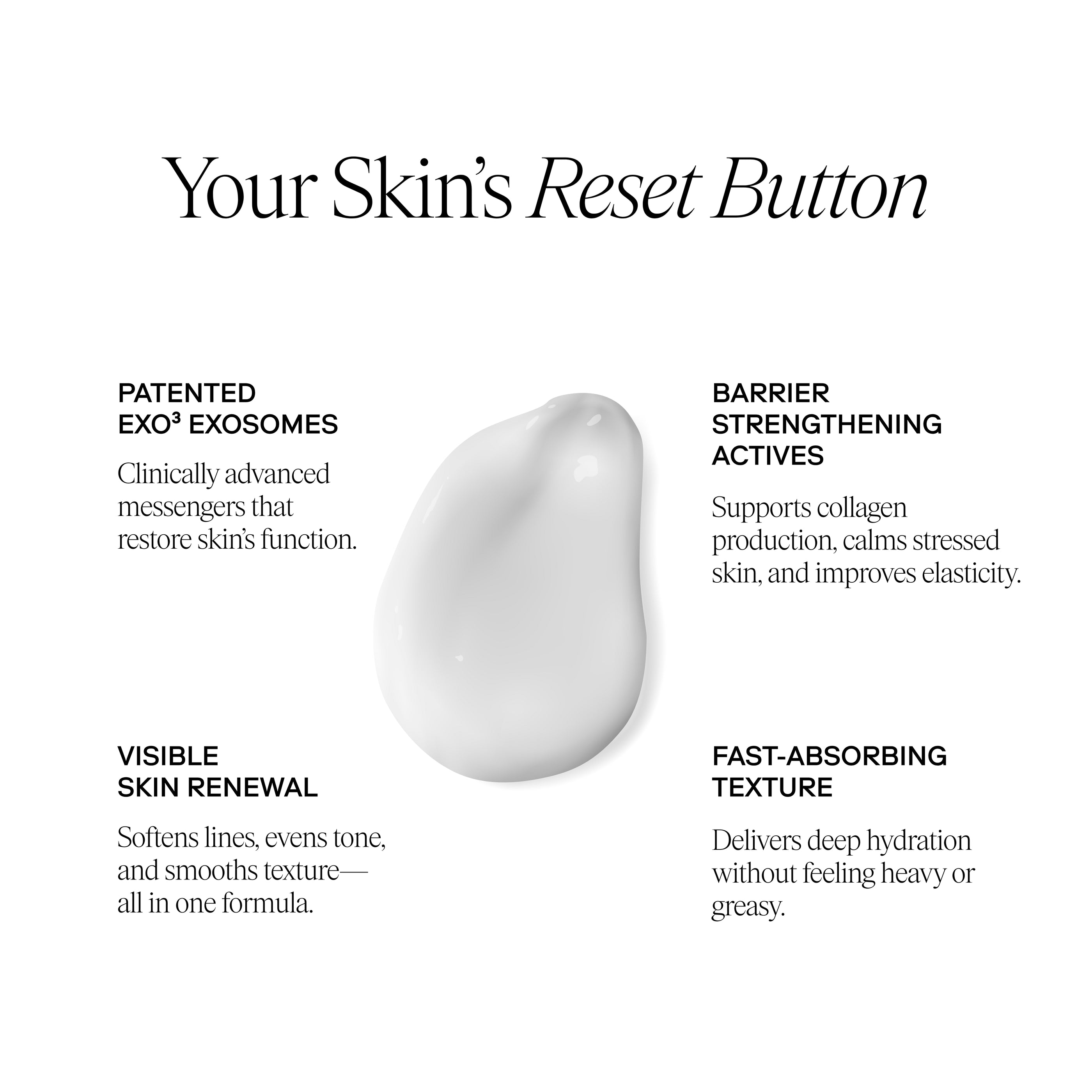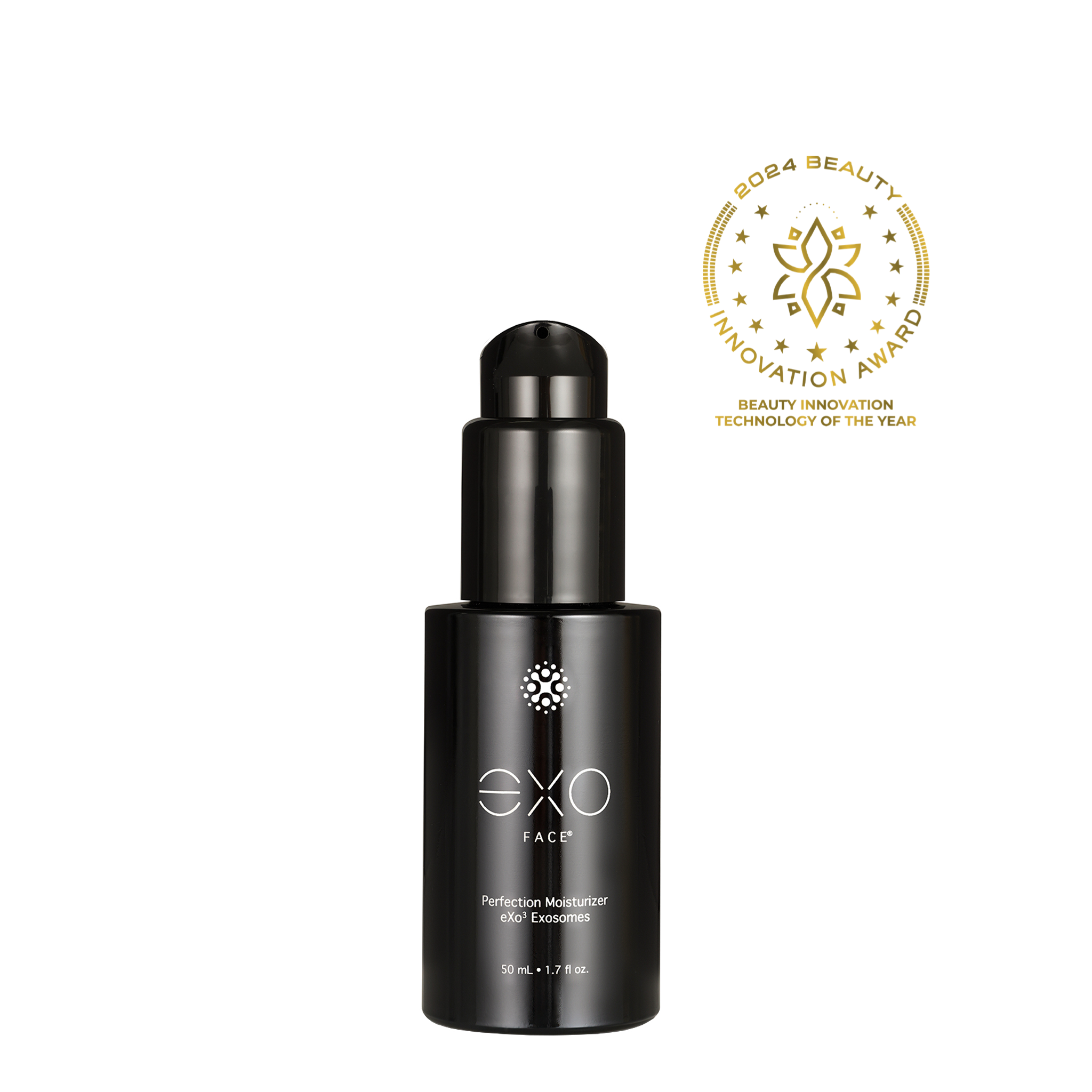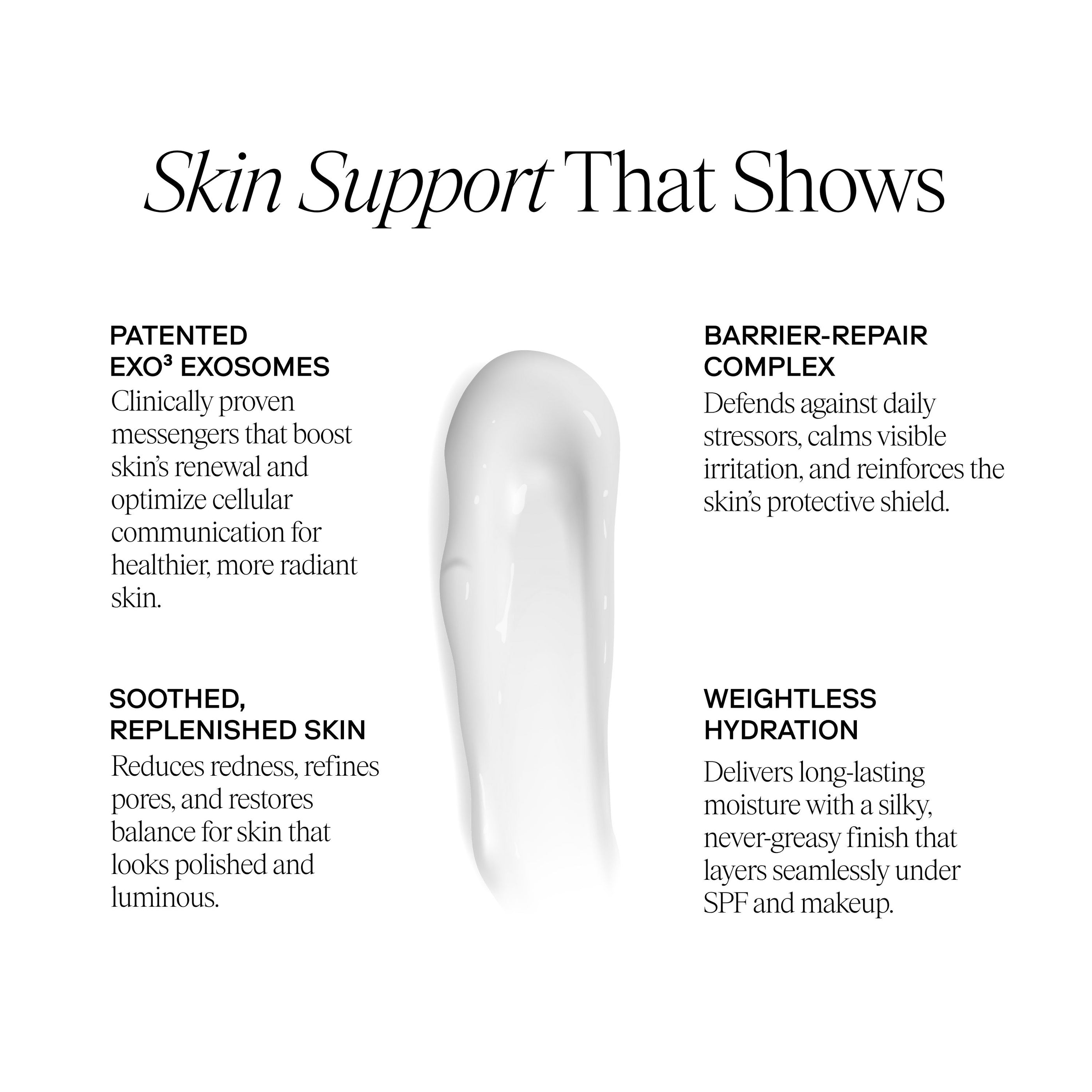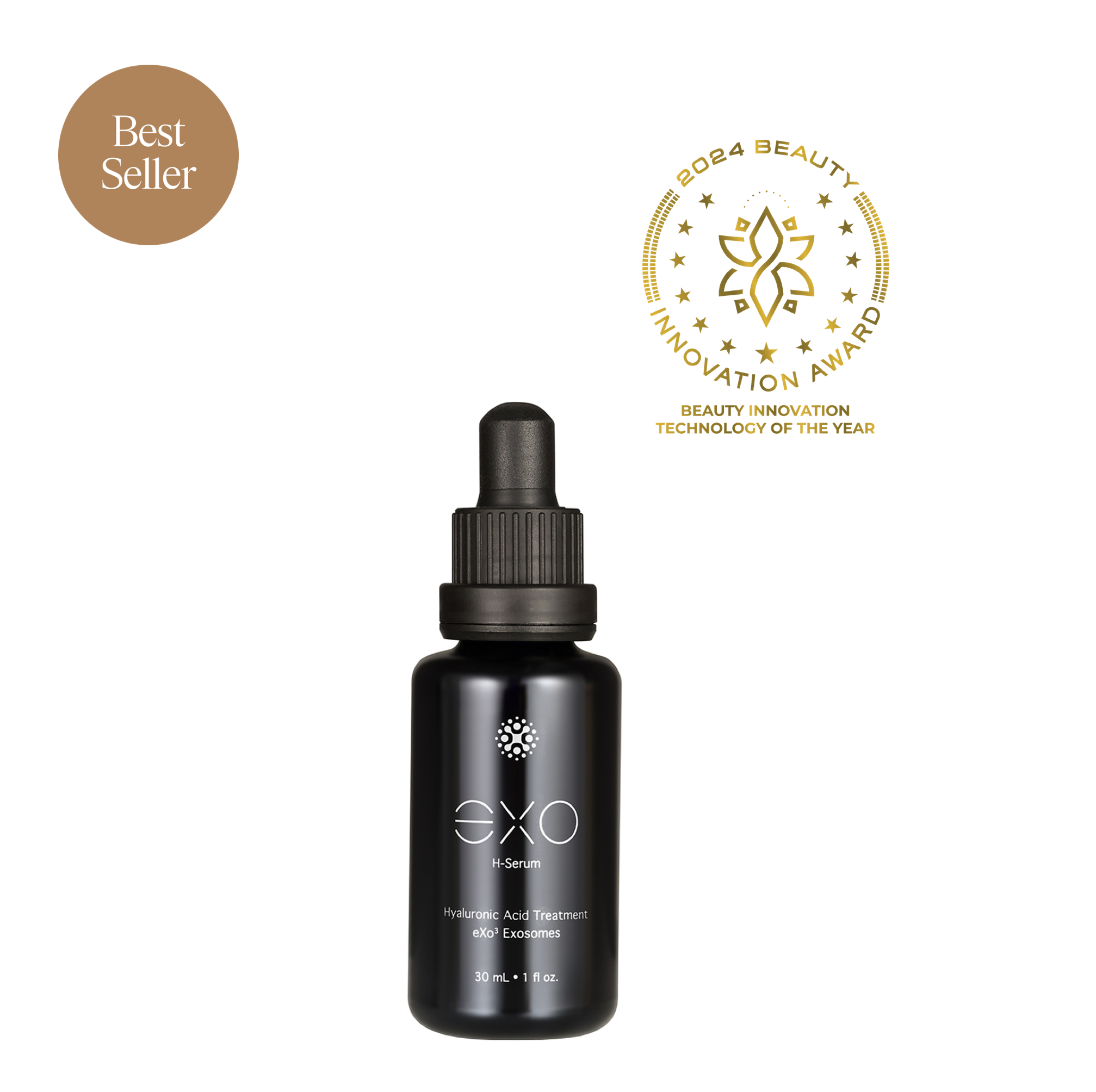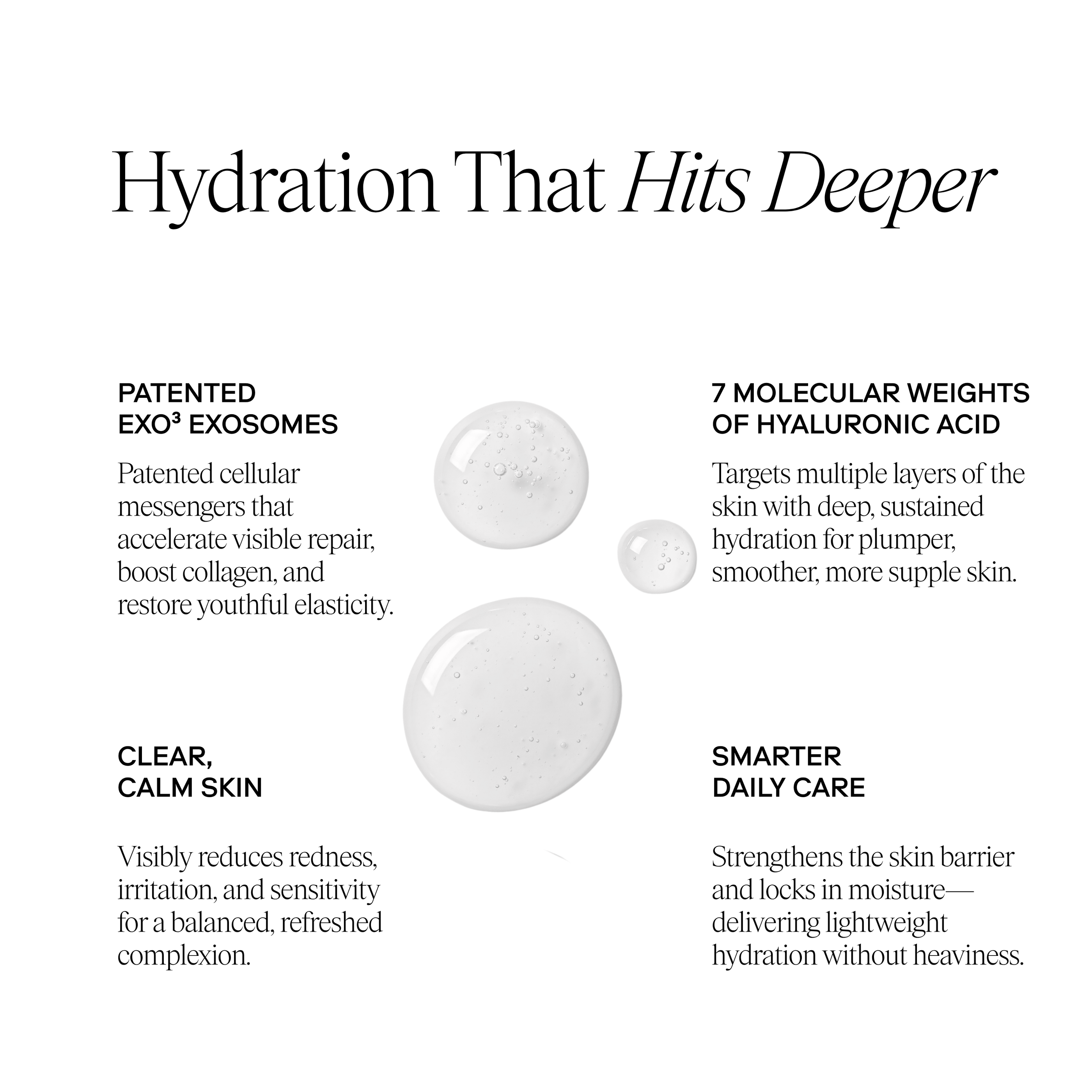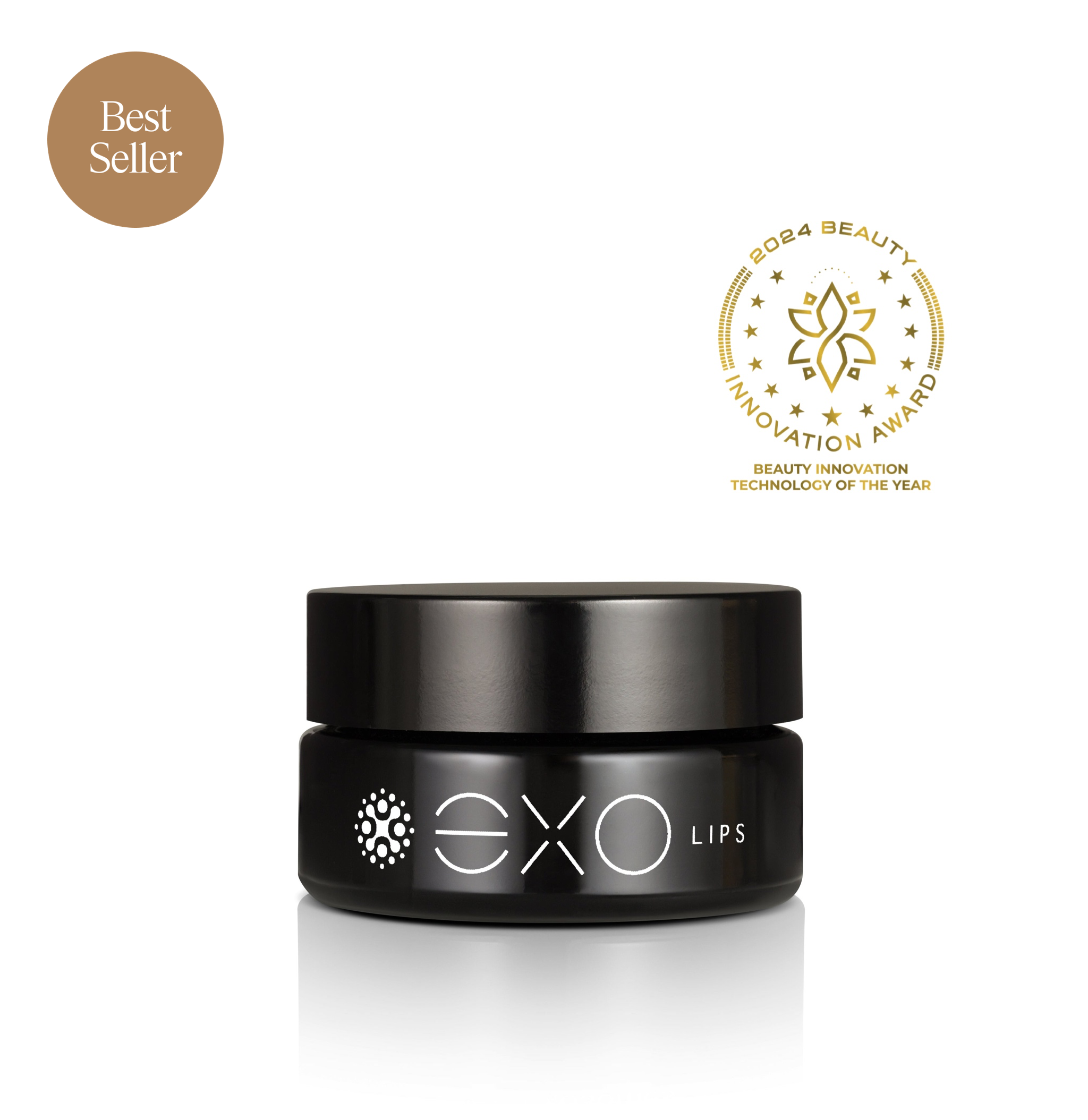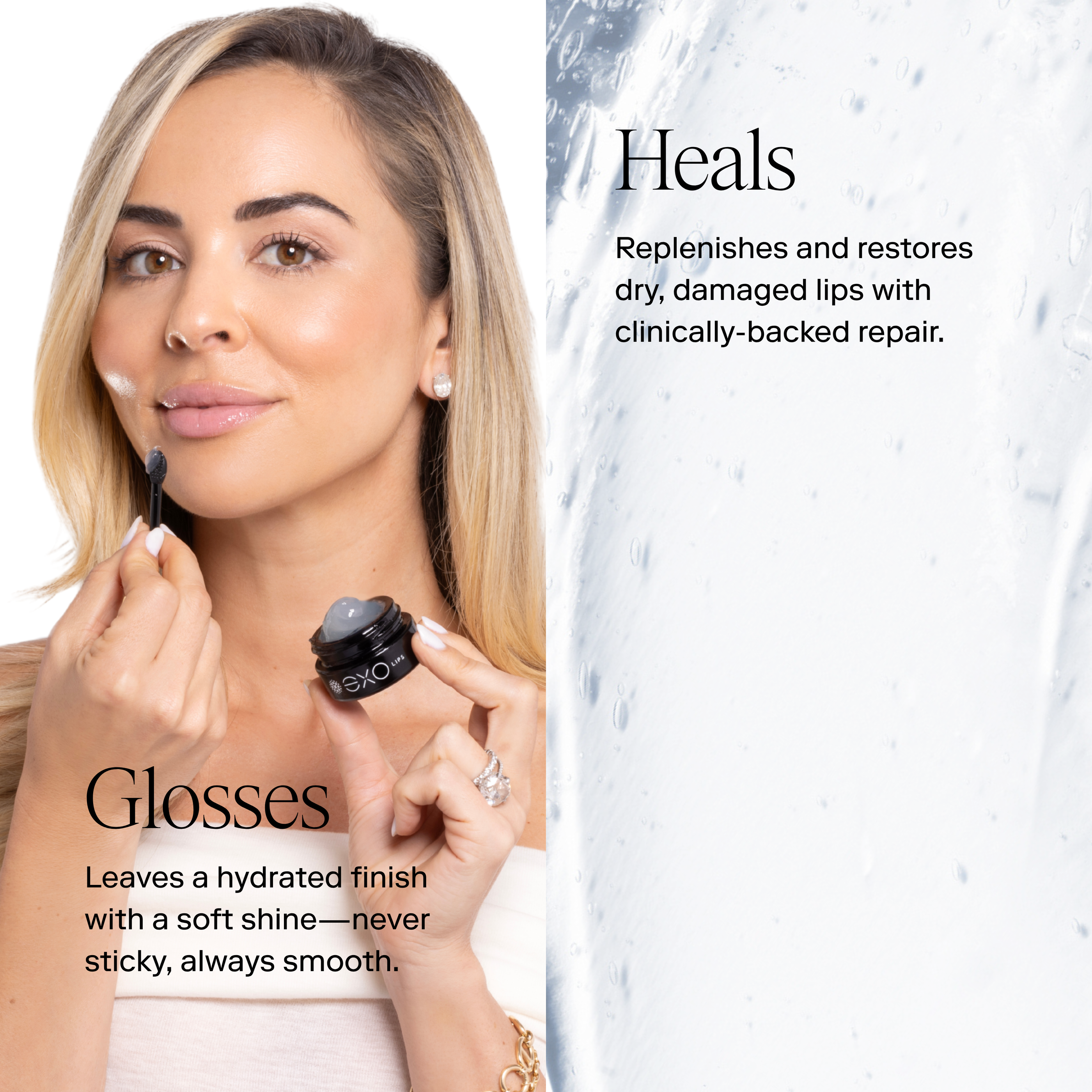Acne scarsrepresent one of the most challenging skincare concerns, affecting millions of people worldwide. These lasting reminders of past breakouts canimpact both skin texture and self-confidence. Understanding the nature of acne scars is the first step toward effective treatment and prevention.
Types of Acne Scars
Acne scars manifest in various forms, eachrequiring different treatment approaches. The most common types include atrophic scars (depressions in the skin), hypertrophic scars (raised tissue), and post-inflammatory hyperpigmentation (PIH). Atrophic scars are further categorized into ice pick scars (deep, narrow indentations), boxcar scars (broad depressions with sharp edges), and rolling scars (wave-like depressions).
Prevention: The First Line of Defense
Preventing acne scars begins with proper acne management. Early intervention andappropriate skincare practices can significantly reduce the likelihood of permanent scarring. Understanding that prevention is more effective than treatment, implementing these measures as soon as possible is crucial for long-term skin health.
1. Resist the Urge to Pick
One of the most crucial prevention techniques is to avoid picking, popping, or squeezing acne lesions. This manipulation can drive bacteria deeper into the skin, increase inflammation, and significantly raise the risk of scarring. If you find yourselffrequently touching your face, consider using hydrocolloid patches on active breakouts - these not only prevent picking but also help extract impurities while protecting the skin.
2. Sun Protection
Daily sun protection is non-negotiable. UV exposure can darken existing scars and hyperpigmentation, making them more noticeable and harder to treat. A broad-spectrum SPF 30 or higher should be applied daily, regardless of weather conditions. Remember to reapply every 2 hours whenoutdoors, and choose a non-comedogenic formula to preventadditional breakouts. Physical sunscreens containing zinc oxide or titanium dioxide can offer additional anti-inflammatory benefits. After sun exposure, try using a restorative formula to encourage repair.
3. Early Treatment of Active Acne
Treating active acne promptly and effectively helps prevent scar formation. This includes usingappropriate topical treatmentscontaining ingredients such as benzoyl peroxide, salicylic acid, or retinoids under professional guidance. Consider incorporating niacinamide or azelaic acid into your routine, as these ingredients can help reduce inflammation and prevent post-inflammatory hyperpigmentation.

Treatment Options: A Multi-Modal Approach
Topical Treatments
Various topical treatments can help improve the appearance of acne scars. Key ingredients include:
• Retinoids: These vitamin A derivatives stimulate collagen production and cell turnover, helping to improve skin texture and reduce the appearance of superficial scars. Start with a lower concentration (0.025%) and gradually increase to minimize irritation.
• Vitamin C: This potent antioxidant helps brighten skin, reduce hyperpigmentation, and support collagen synthesis. Look for L-ascorbic acid concentrations between 10-20% foroptimal results.
• Alpha Hydroxy Acids (AHAs): Ingredients like glycolic acid help exfoliate the skin and promote cell renewal. Start with lower concentrations (5-7%) and gradually increase as tolerated.
• Peptides: These compounds support skin repair and collagen production. Copper peptides in particular show promising results for scar reduction.
• Tranexamic acid: A newer ingredient showing excellent results for post-inflammatory hyperpigmentation.
Professional Treatments
For more significant scarring, professional treatments may offer more dramatic results:
Chemical Peels
Professional chemical peels can improve skin texture and reduce the appearance of superficial scarring through controlled exfoliation. The strength and type of peel should bedetermined by a skincare professional based on individual skin needs and scar severity. TCA cross method is particularly effective for ice pick scars, while glycolic acid peels work well for rolling scars.
Microneedling
This treatment creates controlled micro-injuries in the skin, stimulating natural collagen production. When combined with topical treatments, microneedling can enhance product absorption and effectiveness. Theoptimal needle depth varies from0.5mm to2.5mm depending on the scar type and location. RF microneedling can provide enhanced results for deeper scars.
Laser Therapy
Various laser treatments can targetdifferent types of acne scars. Fractional lasers create microscopic treatment zones to stimulate collagen production, while other lasers may target redness or pigmentation. CO2 lasers are particularly effective for deep scars, whileNd:YAG lasers work well for darker skin tones.
The Role of Skincare Routine
A consistent, gentle skincare routine is fundamental for both preventing and treating acne scars. This should include:
• Gentle cleansing twice daily with a pH-balanced cleanser
• Regular exfoliation (but not over-exfoliation) - limit to 2-3 times per week
• Targeted treatments for active acne and scarring, applied in order of thinnest to thickest consistency
• Hydration to support skin barrier function, focusing on humectants like hyaluronic acid

